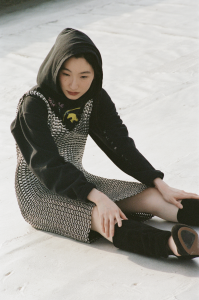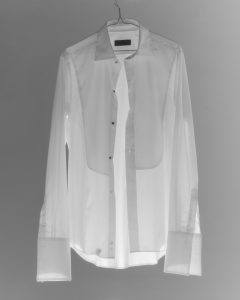-
Veterans of the cloth industry, Philip Pittack and Martin White are cutting fabric for a new generation of fashion students, drawing on more than 120 collective years of experience
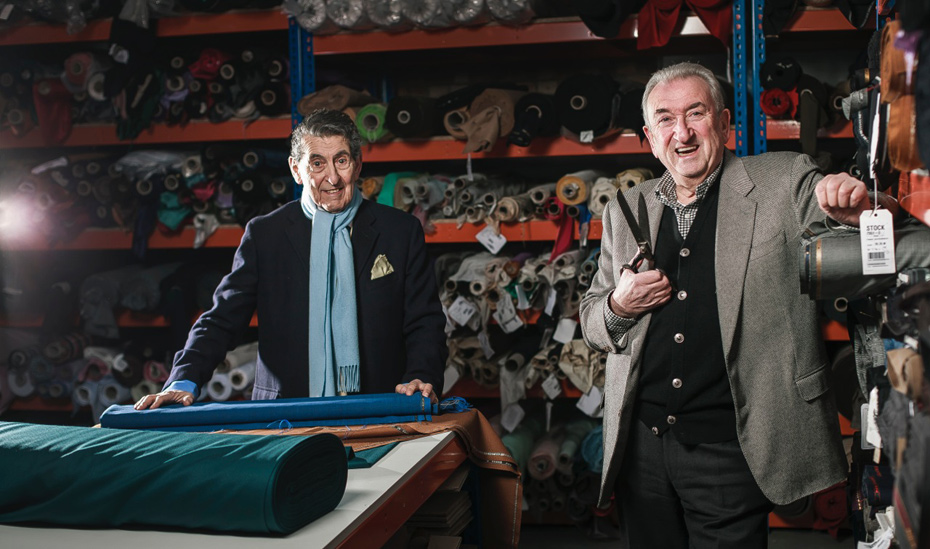 Words Betty Wood
Words Betty Wood
Photography Jeremy FreedmanWhen you think of East London historically, one of the first things that comes to mind is its cloth industry, pioneered by the Huguenot and Irish silk weavers of the 17th century and later by new waves of immigrants, who came to the East End to work in textiles and tailoring. Even now, Spitalfields and, to the north, Hackney, are considered to be the trendiest areas of London, populated by hipsters and classical tailoring enthusiasts alike. But the area’s landscape changed irrevocably over the 20th century: textile production has largely moved out of the capital, and where once the cobbled streets around Whitechapel and Old Street were crammed with fabric traders, now there remains but one East London cloth merchant in the business – Crescent Trading Company.

- “We go and buy what mills and clothing manufacturers are finished with” Philip Pittack says of his occupation. “We’re the dustbin of the trade, but what a lovely dustbin!” Their warehouse has been a fixture of Spitalfields for the last 25 years, and supplies fabrics to East London’s emerging and established designers. Lee McQueen used to buy fabric from Philip and his partner Martin White, and some of their regular customers include Vivienne Westwood and her sons Ben Westwood and Joe Corre, as well as Christopher Raeburn. “They’ve been coming in for years,” Philip tells me. But it’s not just designers who visit their Quaker Street premises: “We get a lot of film companies through and theatre companies, too”.
“Our business started off mainly supplying the larger clothing manufacturers with volume. They’ve moved off-shore, so we had to reinvent ourselves when the orders got smaller,” Philip tells me. Rather than working in thousands of metres, they began serving small designers and shops, and eventually, students from London’s many fashion colleges with discounted fabrics, from woollens to silks, denims and linings.
This diversity has been key to the company’s survival, especially after a fire back in September 2012 obliterated their stock. “We don’t really want to talk about that”, Philip says, obviously still
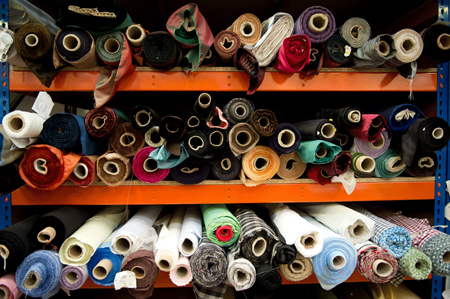 effected by the event. “20 years of stock was in there,” Martin adds gloomily, and, rather tactlessly, I ask if they were tempted to retire (Martin is now in his 80s, and Philip his 70s.) “All of our money is sitting on those shelves,” Philip says pointing a finger at the warehouse beyond the office window. “We couldn’t afford to retire. Besides”, he says with a grin, “what are we doing to do? Mug old ladies, or go to Sainsbury’s every bloody day with the missus? Nah! It’s a hobby as well as a business – there was no intention to ever stop working”.
effected by the event. “20 years of stock was in there,” Martin adds gloomily, and, rather tactlessly, I ask if they were tempted to retire (Martin is now in his 80s, and Philip his 70s.) “All of our money is sitting on those shelves,” Philip says pointing a finger at the warehouse beyond the office window. “We couldn’t afford to retire. Besides”, he says with a grin, “what are we doing to do? Mug old ladies, or go to Sainsbury’s every bloody day with the missus? Nah! It’s a hobby as well as a business – there was no intention to ever stop working”.
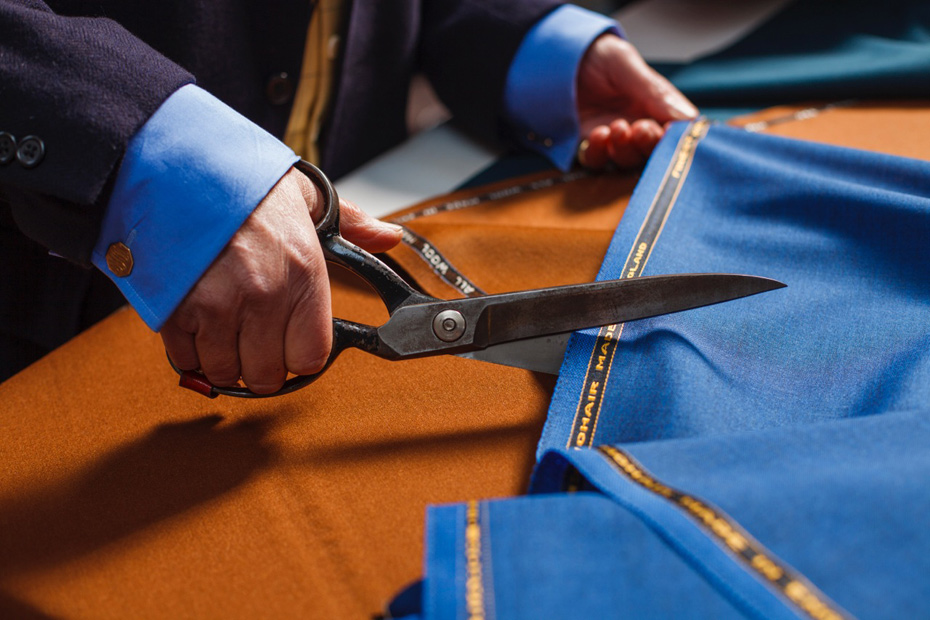 “I’m the third generation in textiles: my grandfather came over 120 years ago from Poland. He was a weaver and went into rags – I was working for a little radio and television shop when I left school. One day I got a call from my dad who said he needed a hand. That was 55 years ago, and I’ve never let go,” Philip says. Martin started even younger, aged only 14. His father worked in leather, but Martin was sent to Soho to work with his uncles in fabrics: “It was 1946, there was still rationing and coupons on fabrics. I’ve been doing this ever since. I used to do business with Philip’s father”.The pair had seen many changes over the ensuing decades, including the disappearance of the textile industry. “From one merchant to another doesn’t exist anymore, it’s gone” says Martin soberly, nodding to the changes not only in the Spitalfields area, but the decline of the UK textile industry at large which had disappeared by the 1980s. “No one could have foreseen that business would just disappear – I dealt with Romania for many years, without knowing that eventually all of the business would go there . Now China’s taken over the textile business”.
“I’m the third generation in textiles: my grandfather came over 120 years ago from Poland. He was a weaver and went into rags – I was working for a little radio and television shop when I left school. One day I got a call from my dad who said he needed a hand. That was 55 years ago, and I’ve never let go,” Philip says. Martin started even younger, aged only 14. His father worked in leather, but Martin was sent to Soho to work with his uncles in fabrics: “It was 1946, there was still rationing and coupons on fabrics. I’ve been doing this ever since. I used to do business with Philip’s father”.The pair had seen many changes over the ensuing decades, including the disappearance of the textile industry. “From one merchant to another doesn’t exist anymore, it’s gone” says Martin soberly, nodding to the changes not only in the Spitalfields area, but the decline of the UK textile industry at large which had disappeared by the 1980s. “No one could have foreseen that business would just disappear – I dealt with Romania for many years, without knowing that eventually all of the business would go there . Now China’s taken over the textile business”.
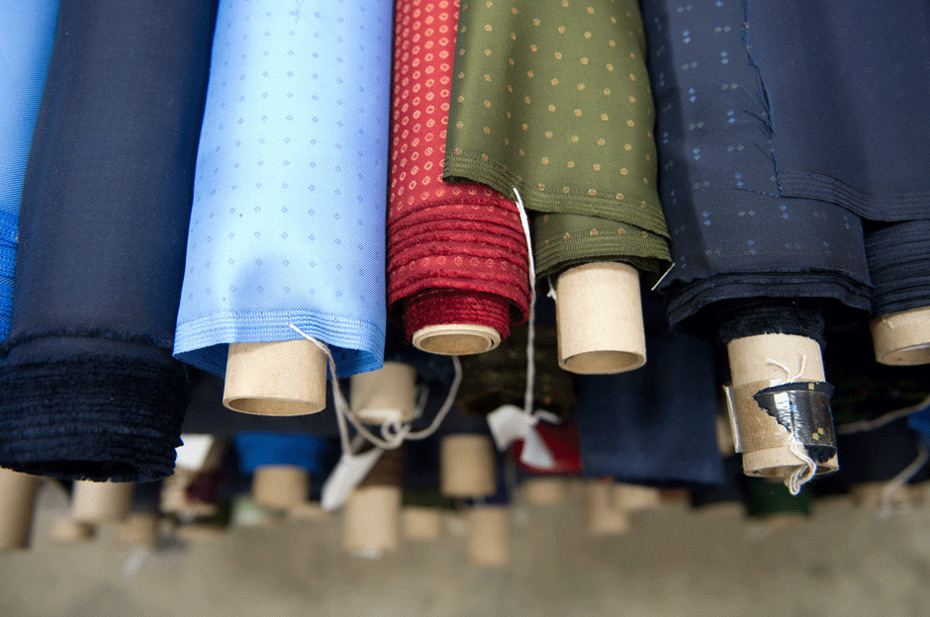 The pair recognise the importance of supporting British fabric manufacturing though: “We pride ourselves on doing 90% of our woollens as ‘made in Britain’.” Why comes down to one thing – quality. “We touch a fabric, we feel it, we know what it is, what the handle is and how it’s going to make up” Philip adds. It’s this passion that continues to excite them, that and the thrill of the barter: “The art of our exercise is to convince people what they’ve got, they’ve got to sell even if they don’t want to sell it! That’s the art of buying, and that’s the knowledge we’ve developed over the years”.As I write this in spring 2014, the company is back to where it was before the fire, “the last surviving cloth merchants in East London”. Leaving the warehouse, there are half a dozen young designers looking through shelves of incredible fabric rolls. The warehouse is busier than many of the coffee shops on nearby Brick Lane. It’s a fitting image to see these two veterans of the textile trade serving the next generation of designers, and imparting a word or two of wisdom along the way.
The pair recognise the importance of supporting British fabric manufacturing though: “We pride ourselves on doing 90% of our woollens as ‘made in Britain’.” Why comes down to one thing – quality. “We touch a fabric, we feel it, we know what it is, what the handle is and how it’s going to make up” Philip adds. It’s this passion that continues to excite them, that and the thrill of the barter: “The art of our exercise is to convince people what they’ve got, they’ve got to sell even if they don’t want to sell it! That’s the art of buying, and that’s the knowledge we’ve developed over the years”.As I write this in spring 2014, the company is back to where it was before the fire, “the last surviving cloth merchants in East London”. Leaving the warehouse, there are half a dozen young designers looking through shelves of incredible fabric rolls. The warehouse is busier than many of the coffee shops on nearby Brick Lane. It’s a fitting image to see these two veterans of the textile trade serving the next generation of designers, and imparting a word or two of wisdom along the way.
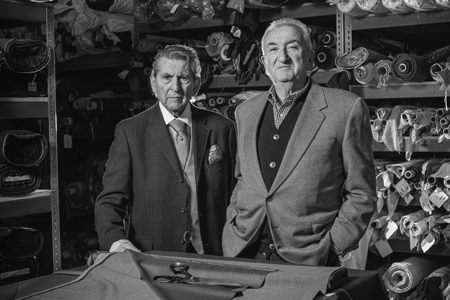 “Students are the future of the industry, and though we can’t teach them about design, or sewing, we can teach them about cloth. You mention a weave, they don’t know what you’re talking about. We try to educate them,” says Philip. “A couple of tutors asked if we’d like to give a lecture at the college – we’d like to, but they don’t really want to see us two old boys up there babblin’ on about fabric,” he finishes. I think he might be wrong.
“Students are the future of the industry, and though we can’t teach them about design, or sewing, we can teach them about cloth. You mention a weave, they don’t know what you’re talking about. We try to educate them,” says Philip. “A couple of tutors asked if we’d like to give a lecture at the college – we’d like to, but they don’t really want to see us two old boys up there babblin’ on about fabric,” he finishes. I think he might be wrong.
The pair cleared out the last British mill 15 years ago, by which point UK cotton production had ceased. “It’s a terrible shame to see what happened to them. We really are the leeches of the business, aren’t we?” Martin says. “But us leeches are what’s left of the business. And it’s us that are promoting British fabrics.” With woollens seeing a rise in popularity over the last decade, it seems the desire for quality is still there. “Men are going a bit more up market, rather than lookin’ like sloppy slobs,” Philip finishes gleefully. And Philip and Martin are there, ready to cut lengths for the new generation of East London tailors that come through their doors, offering a decent discount whilst they’re at it.
Subscribe to Port Magazine annually and receive each issue to your door.
Get PORT in print

